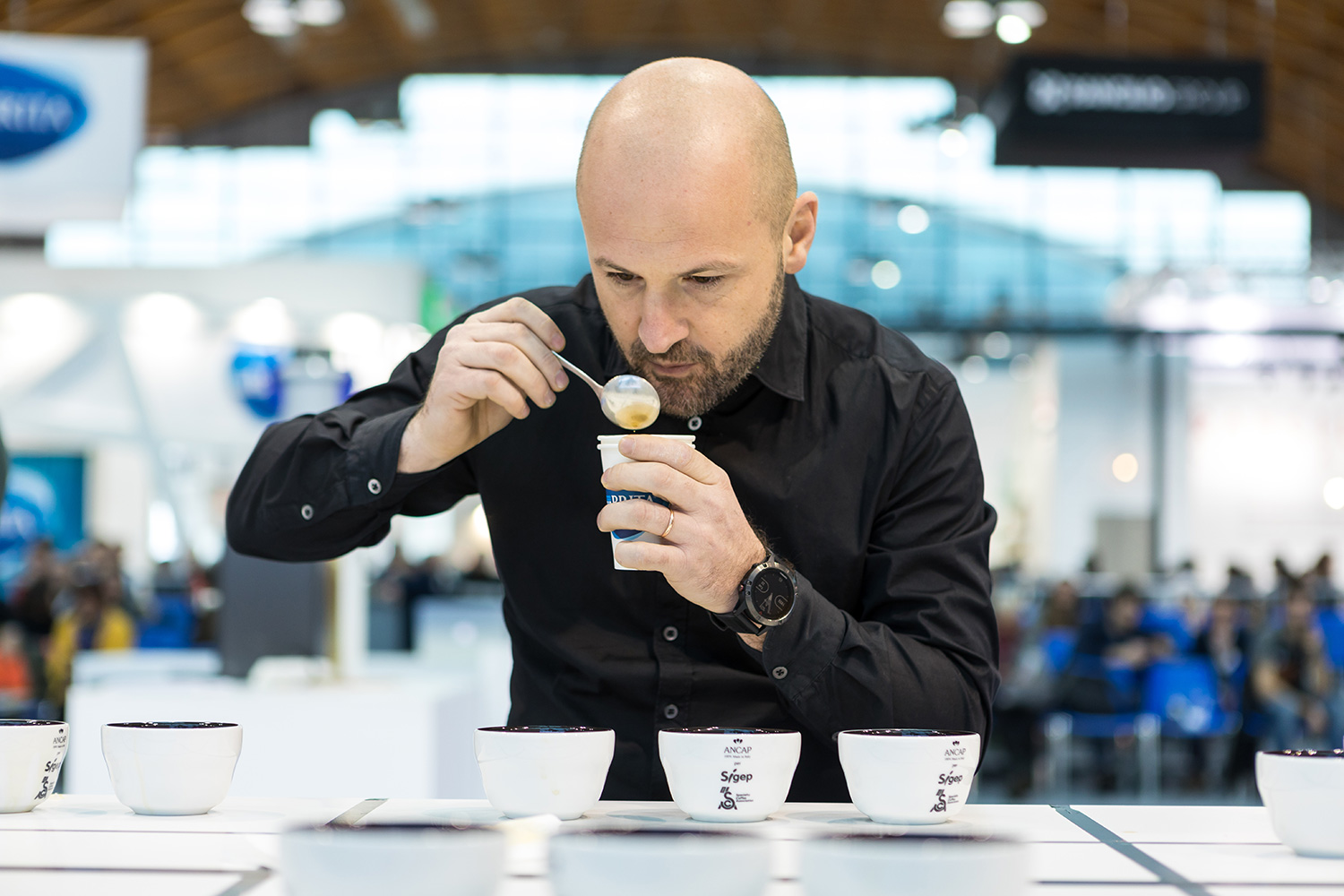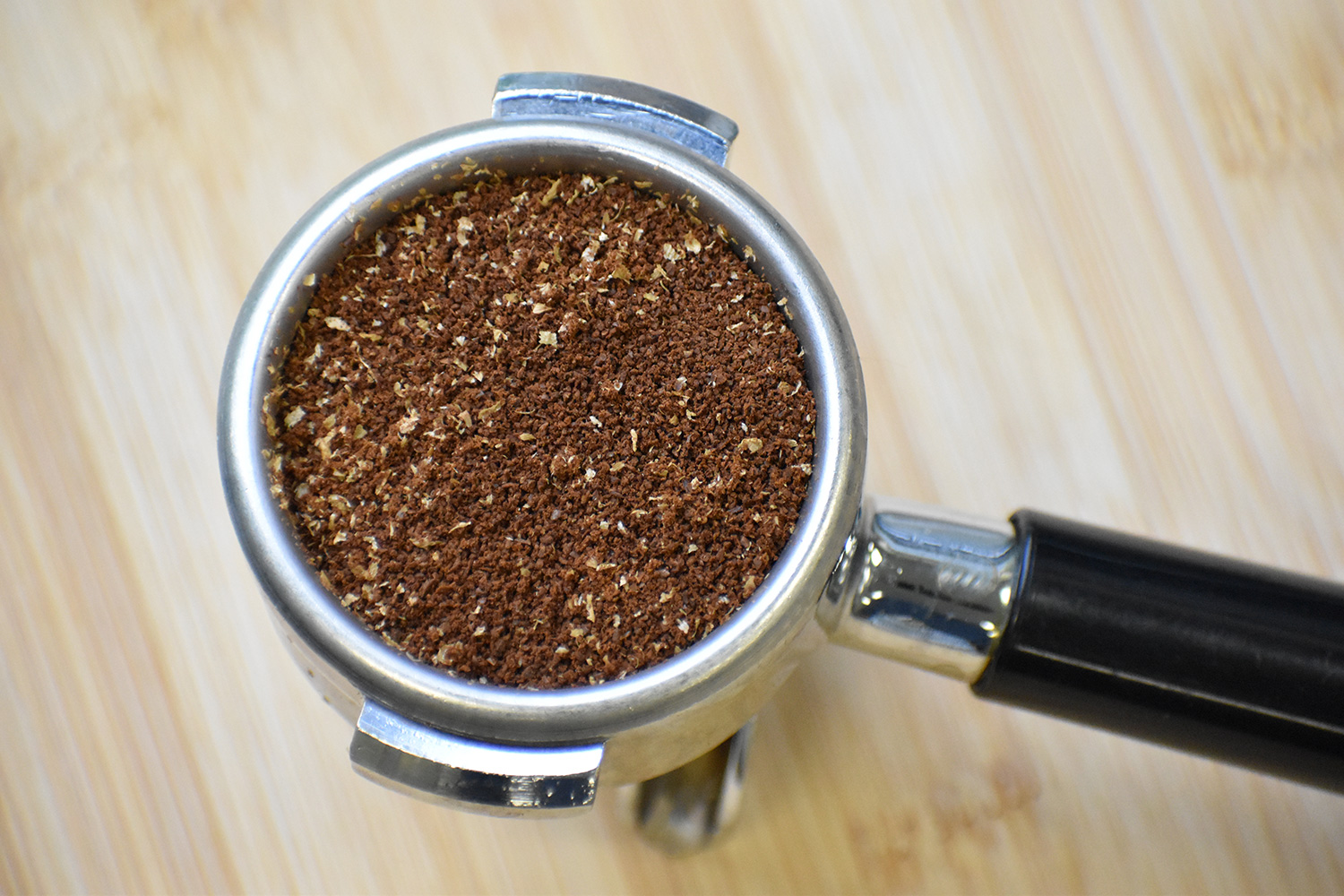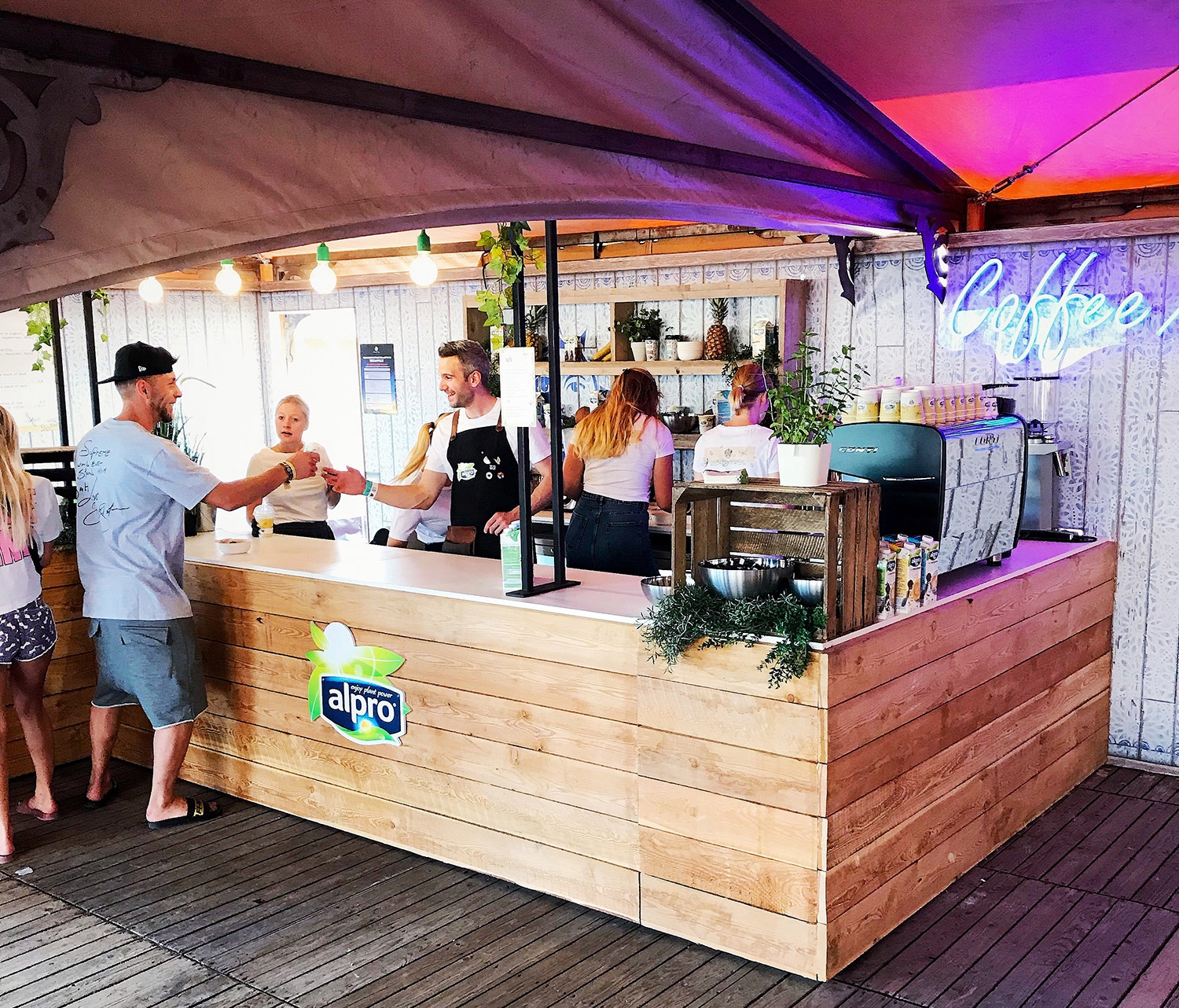
In this scenario, you will have to serve a total of 10,000 coffees in six days. Do you think you have what it takes to get the job done?
This isn’t just an imaginary thought experiment. Coffee professional Merijn Gijsbers of the Netherlands stepped into this exact scenario this past summer managing the coffee stand by Alpro, the plant-based beverage company, at the Tomorrowland Music Festival in Belgium. An event with an estimated 400,000 attendees. In the middle of Europe’s hottest summer on record.
This is an easy example to recognize the importance of coffee bar workflow. But whether you’re serving thousands of people or a single customer during a sleepy afternoon shift, the guiding principles of workflow apply any time a coffee is served.
We spoke with Merijn about his experience at Tomorrowland, as well as Goda Pangonyte of Lithuania about her work as a barista at Italala Caffé, to better understand the fundamentals of good workflow. Both Merijn and Goda are national Barista Champions, Urnex Ambassadors, and masters of the art of coffee bar workflow.
Here are their three keys to success for effective workflow.
Plan Ahead
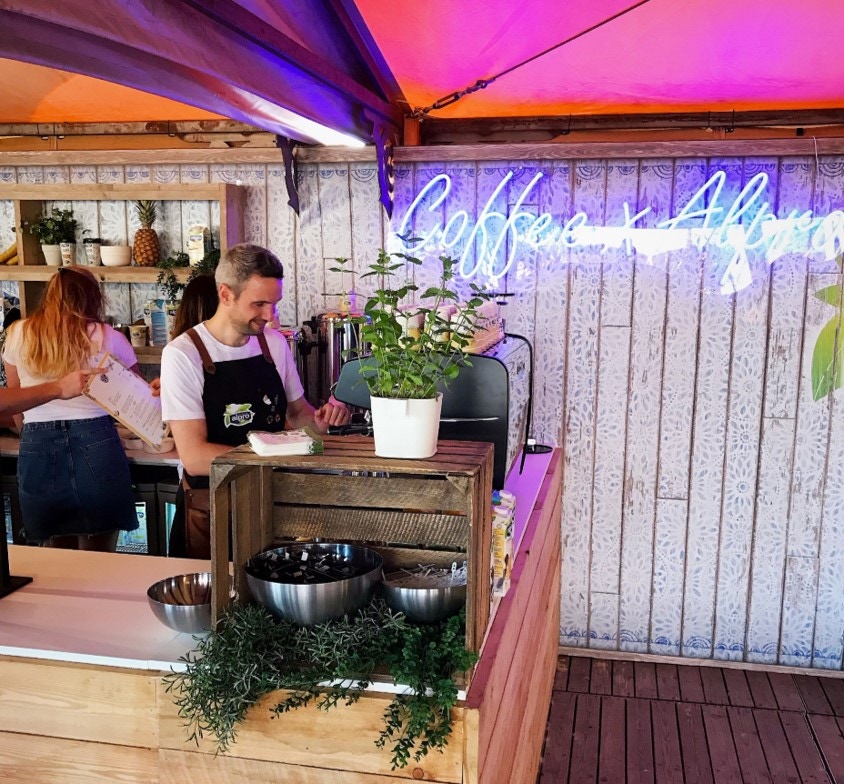
For the coffee stand at Tomorrowland, Merijn’s shift began the night before he even served his first coffee. He checked the local weather to determine if he should open the stand early the next day - he would normally open at 8:00am but knew that festival campers wake up in their tents earlier on a hot morning. And the first thing they want after a restless night in a sleeping bag is a fresh cup of coffee.
When Merijn arrived at the stand, he started the typical opening-shift tasks, with a few thoughtful twists. Instead of grinding the coffee for just one batch of coffee, he ground all the day’s coffee before opening, knowing he might not have a free moment later to step away from customers.
At the espresso machine, after he dialed in the coffee, Merijn meticulously organized the bottles of plant-based beverages: coconut on the left, oat in the middle, and soy on the right. He lined each opened milk bottle in rows of four or five and accompanied each row with three different sizes of milk jugs. With everything in its fixed place, Merijn could continuously pour milk drinks in peak moments while keeping eye contact with the customer.
In a café setting, there are countless small acts to take during a slow period to relieve some of the pressure during a rush. Restocking the condiment bar, washing a load of dishes, mixing the ingredients for pre-made syrups, backflushing the espresso machine with Cafiza or wiping down the bar with Café Wipz or Café Sprayz.
At Italala Caffé in Vilnius, Lithuania, Goda Pangonyte has implemented a few workflow strategies specific to her shop. Italala was founded on the idea of enjoying a well-crafted cup of coffee in the moment, so the baristas there encourage guests to drink their coffee in the shop. But when long lines form, Goda will ask customers in line if anyone would like to order a coffee to-go. By making those orders a priority, the staff can shorten wait times and reduce overall traffic in the shop.
Goda recently transitioned from working the evening shift to the morning shift, where she can hone her coffee skills during peak hours. But one trick she picked up from her previous timeslot involves an Italala signature drink: a v60 filter coffee mixed with hand-squeezed pomegranate juice. Instead of preparing the pomegranate juice after it’s ordered, an Italala barista juices and freezes the pomegranate into cubes the night before. This cuts down on time preparation time significantly and chills the drink without diluting it.
Know Your Space Inside and Out
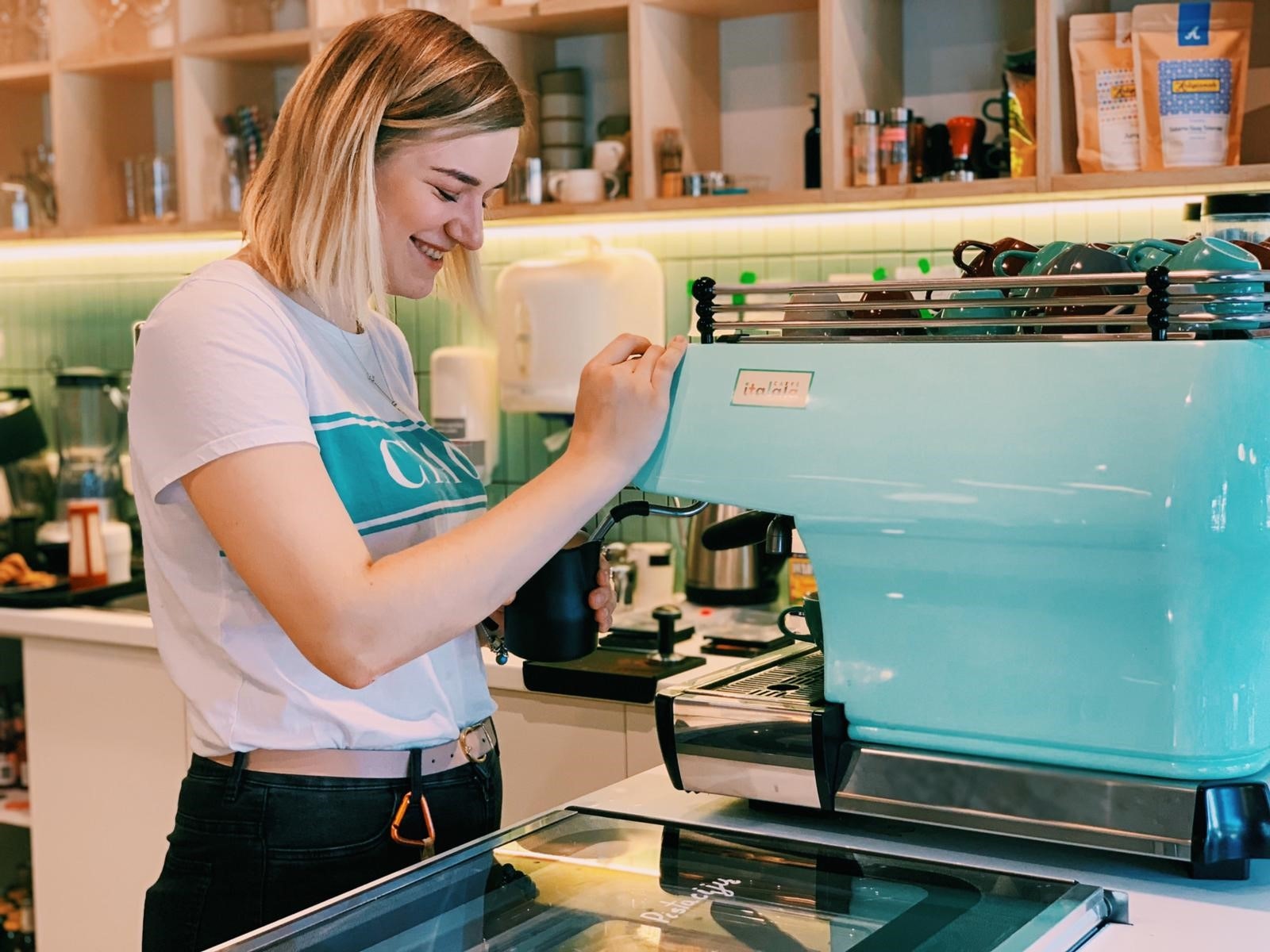
At Italala, Goda said there is one small issue with the shop’s layout - the refrigerator is somewhat removed from the rest of the working area. But Goda’s simple workaround is to place a few jugs of milk next to the espresso machine, saving time by cutting down on her trips to the fridge.
The rest of the workspace is laid out quite intuitively. The grinder is next to the espresso machine, the pitcher rinser is within arm’s reach of the barista, and there is enough room for two baristas to comfortable share the machine during a rush hour (one pulls espresso shots, one steams and pours milk). Goda barely has to move her legs to make a coffee.
At Tomorrowland, Merijn’s coffee stand layout was not ideal. The biggest problem was that his espresso machine wasn’t close enough to the cash register. This forced a circuitous system where customers would place their order at the register, receive a cup with their order written on it, and form a second line at Merijn’s espresso machine where he would make the drink. Customers had to wait a little longer for their coffee, but given the limitations of the space, this was the most efficient solution.
The second espresso machine at Merijn’s stand was much more spacious, which allowed a more seamless flow. Because this machine was closer to the cash register, customers could form a single line at the register where their order would be easily handed to the barista to fulfill right then and there.
Coffee is People
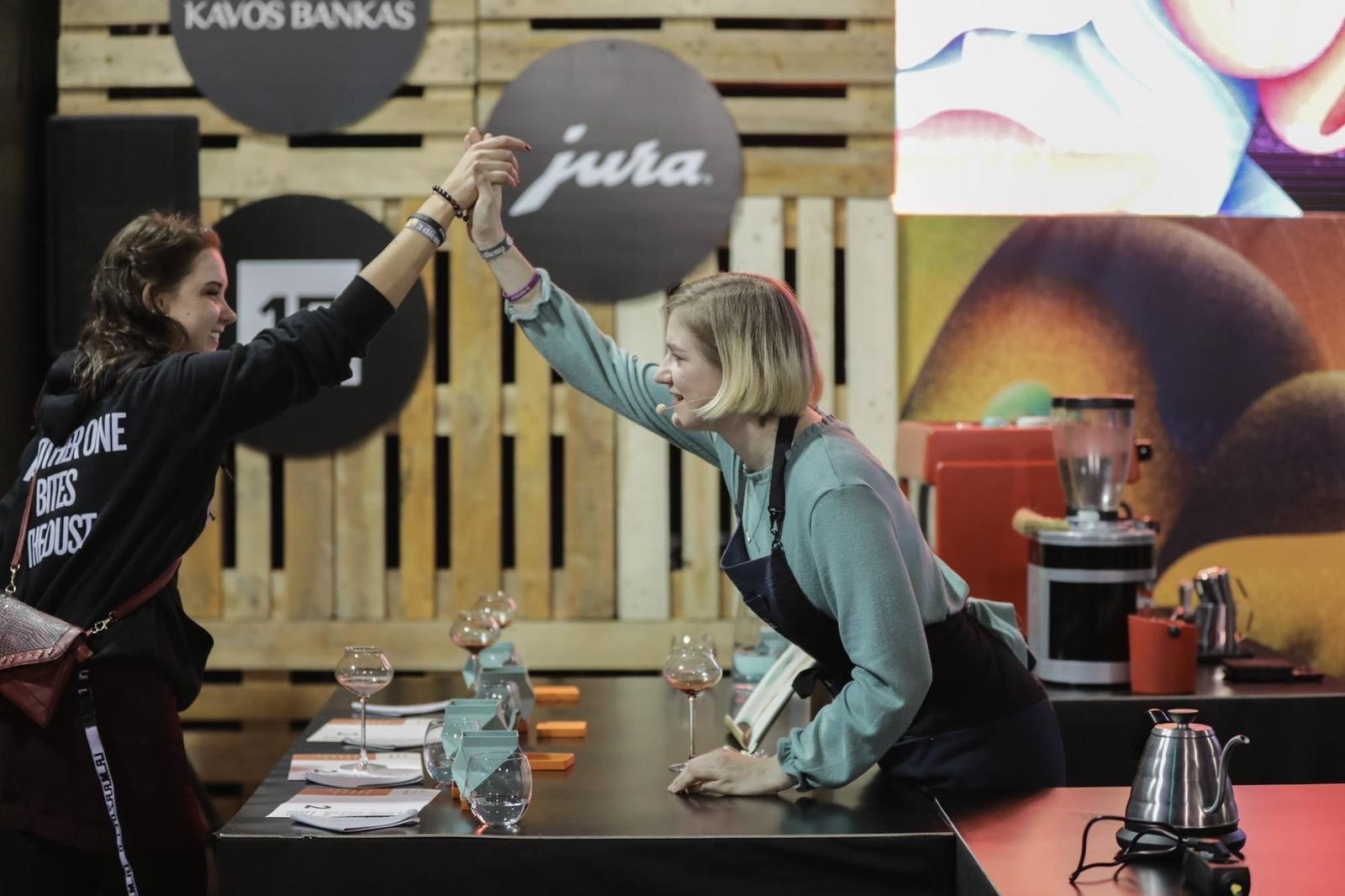
In the present day, Goda has taken this philosophy to heart. She tries to give as much of her time to customers as she has, speaking with customers from anywhere from two to 20 minutes depending on the situation. She loves when customers ask her about the coffee being served, whether it’s a coffee from Ditta Artigianale, or especially if it’s the coffee Goda used during her World Barista Championship performance earlier this year - a Costa Rican El Diamante coffee processed by anaerobic fermentation. And some of her favorite moments in the café are when she can introduce customers to each other, or better yet, if the customers start chatting with each other without her prompting.
At Tomorrowland, Merijn had to flex his hospitality muscles to accommodate the different types of customers at the festival. He studied hotel management while at university, making him adept at serving festival goers from all over the world, who had widely different coffee preferences.
Based solely on which country a customer was from, Merijn could guess their order with decent accuracy. He knew that Americans prefer filter coffee. Europeans enjoy an Americano. Australians and Brits go for flat whites. If someone ordered an espresso in a quieter moment, Merijn would ask if they’d like a single or double shot. Italians want a single. People from other countries are happy to throw in the second.
But some customers make it more complicated than that. When asked if they’d like a single or double shot, one customer from Israel asked for one and a half shots. Merijn didn’t even hesitate to oblige. Because as a barista and coffee professional, he said his job isn’t just to serve coffee. It’s to make sure people leave his coffee bar with a smile on their face.
For more on developing your coffee skills, learn why particle size distribution matters for your café.

